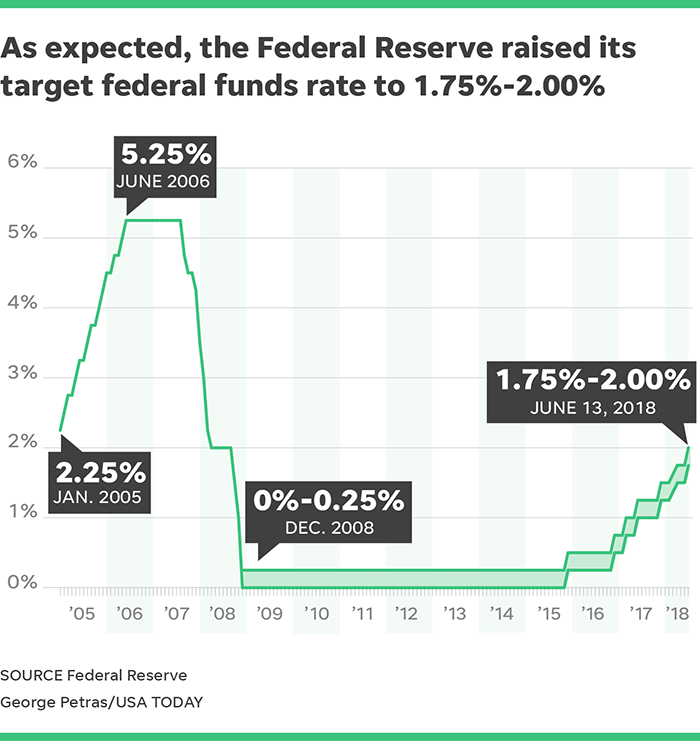Trump's Houthi Truce: Will It Ease Shipping Concerns?

Table of Contents
The Strategic Importance of the Bab el-Mandeb Strait
The Bab el-Mandeb Strait, a narrow waterway connecting the Red Sea to the Gulf of Aden and the Indian Ocean, holds immense strategic importance. It's a vital artery for global trade, with a massive volume of oil tankers, container ships, and other vessels traversing its waters daily. This strategic location makes it a critical chokepoint for global commerce.
- A crucial shipping lane: The Strait facilitates a significant portion of global trade, impacting the global economy significantly.
- High-volume traffic: Millions of barrels of oil and countless containers of goods pass through the Bab el-Mandeb annually.
- Houthi disruption: Prior to the truce, Houthi rebel attacks posed a considerable threat to shipping, causing delays, increased insurance costs, and heightened security risks. These disruptions ripple across the global supply chain, affecting consumers worldwide.
- Economic consequences: Prolonged conflict in the region, including disruptions to shipping through the Bab el-Mandeb, can have devastating economic consequences globally, leading to increased prices and supply chain instability.
The Truce Agreement: Terms and Conditions
The Trump-era truce agreement aimed to mitigate the security risks in the Red Sea by establishing a cease-fire between the Yemeni government and Houthi rebels. While the specifics of the agreement remain somewhat opaque, several key elements directly relate to shipping security.
- Ceasefire commitment: The core of the agreement involved a commitment to cease hostilities, promising a reduction in Houthi attacks on shipping lanes.
- Maritime security implications: The success of the truce hinges on effective implementation and the commitment of both parties to uphold the cease-fire. Increased maritime security, potentially through international monitoring, would be crucial.
- Houthi coastal control: A significant challenge remains Houthi control over substantial portions of the Yemeni coastline. The truce's effectiveness relies heavily on addressing this issue and preventing future disruptions to shipping. The agreement's ability to address this power dynamic remains a critical factor in evaluating its success.
Impact on Insurance Premiums and Shipping Costs
Prior to the truce, the risk of Houthi attacks significantly impacted insurance premiums for vessels transiting the Bab el-Mandeb. The higher the perceived risk, the higher the insurance costs, adding to the overall expenses of global shipping.
- Reduced premiums: A successful and lasting truce would likely lead to a reduction in insurance premiums, making it more affordable for shipping companies to utilize the Strait.
- Lower freight costs: Lower insurance costs would contribute to lower overall freight costs, potentially benefiting global consumers through reduced prices on goods.
- Global supply chain efficiency: Reduced risk and costs associated with shipping through the Bab el-Mandeb would result in a more efficient and resilient global supply chain, minimizing disruptions.
Geopolitical Ramifications and Lasting Peace
The Trump administration's Houthi truce holds significant geopolitical ramifications, extending beyond immediate shipping concerns. Regional stability and international relations are inextricably linked to the success of this agreement.
- Regional stability: A lasting peace in Yemen could contribute significantly to stability in the Red Sea region, reducing the risk of wider conflicts.
- Yemen peace process: The truce serves as a potential stepping stone towards a more comprehensive peace process, requiring continued international engagement and diplomatic efforts.
- International actors: The involvement of international actors, such as the UN, is crucial for monitoring the cease-fire, providing humanitarian aid, and supporting the peace process. Their role in ensuring lasting peace in Yemen is paramount.
Conclusion
The Trump administration's Houthi truce provided a glimmer of hope for easing shipping concerns in the strategically vital Bab el-Mandeb Strait. While the long-term success of the agreement remains uncertain, a sustained peace could significantly reduce shipping costs, insurance premiums, and the overall risk for vessels transiting this crucial waterway. Continued monitoring of the situation and dedicated engagement from the international community are essential to ensure the truce's success and promote lasting peace in Yemen. Staying informed on developments concerning Trump's Houthi truce and its impact on shipping is crucial for all stakeholders in the global maritime industry. Understanding the implications of this agreement is vital for navigating the complexities of global trade and ensuring the continued flow of goods through this critical shipping lane.

Featured Posts
-
 Investigation Launched Into Threats Against Madeleine Mc Canns Family
May 09, 2025
Investigation Launched Into Threats Against Madeleine Mc Canns Family
May 09, 2025 -
 U S Federal Reserve Interest Rate Decision A Balancing Act
May 09, 2025
U S Federal Reserve Interest Rate Decision A Balancing Act
May 09, 2025 -
 Beyonces Renaissance Tour Cowboy Carter Streams Surge After Launch
May 09, 2025
Beyonces Renaissance Tour Cowboy Carter Streams Surge After Launch
May 09, 2025 -
 Vremennoe Zakrytie Aeroporta Permi Podrobnosti O Snegopade
May 09, 2025
Vremennoe Zakrytie Aeroporta Permi Podrobnosti O Snegopade
May 09, 2025 -
 Trade War Fallout Identifying Cryptocurrencies With Resilience
May 09, 2025
Trade War Fallout Identifying Cryptocurrencies With Resilience
May 09, 2025
Latest Posts
-
 Family Support For Dakota Johnson At Materialist Film Screening
May 09, 2025
Family Support For Dakota Johnson At Materialist Film Screening
May 09, 2025 -
 Dakota Johnson And Family At Materialist La Screening
May 09, 2025
Dakota Johnson And Family At Materialist La Screening
May 09, 2025 -
 Dakota Johnsons Materialist Premiere Family In Attendance
May 09, 2025
Dakota Johnsons Materialist Premiere Family In Attendance
May 09, 2025 -
 Dakota Johnson Melanie Griffith And Siblings Attend Materialist Premiere
May 09, 2025
Dakota Johnson Melanie Griffith And Siblings Attend Materialist Premiere
May 09, 2025 -
 I Nea Tainia Materialists Me Toys Dakota Johnson Pedro Pascal And Chris Evans
May 09, 2025
I Nea Tainia Materialists Me Toys Dakota Johnson Pedro Pascal And Chris Evans
May 09, 2025
